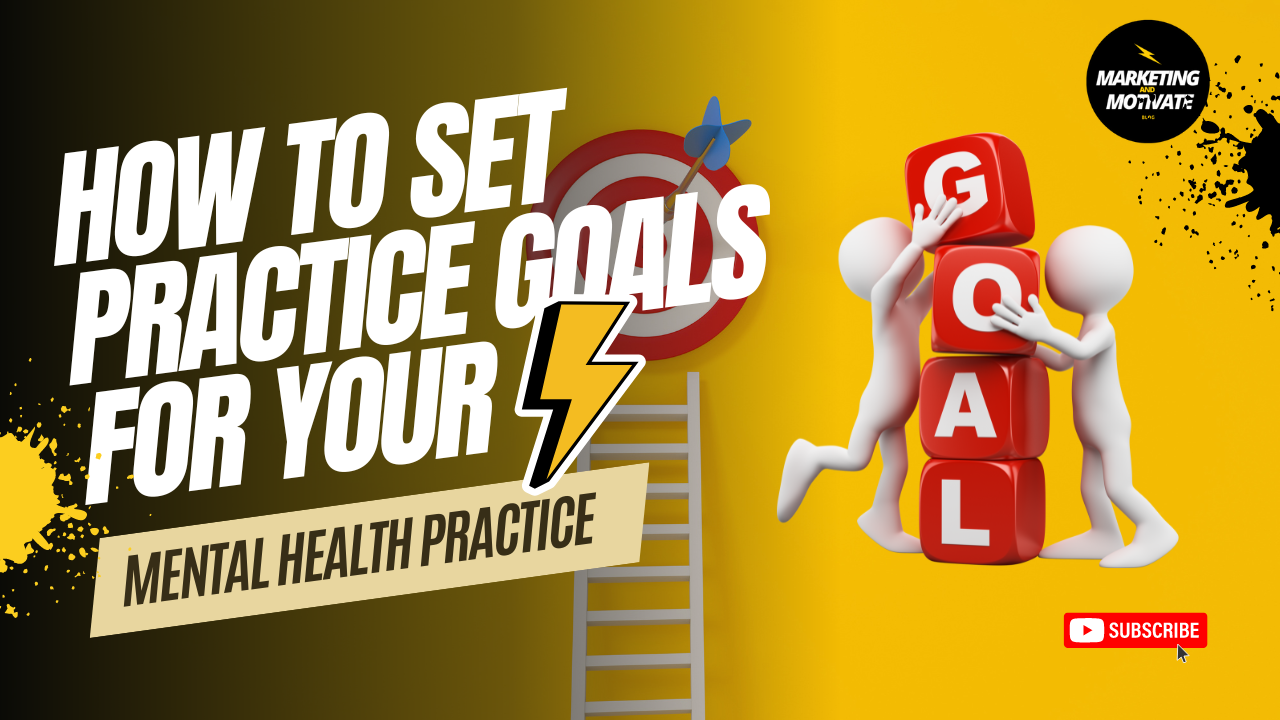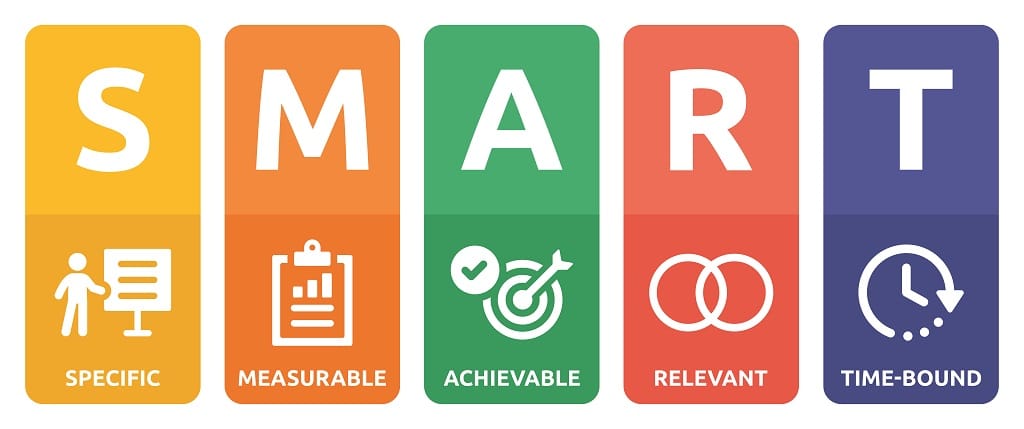How to Set Practice Goals for Therapists: A Comprehensive Guide

As a mental health provider you may ask yourself, how do I set realistic growth goals? Setting goals is a crucial step for therapists looking to build and grow their private practice. Goals not only provide direction but also serve as a benchmark for success. This guide will walk you through the process of setting effective practice goals to ensure your therapy practice not only survives but thrives.
Understanding the Importance of Goal Setting in Therapy Practices
For therapists, goal setting goes beyond basic business objectives; it encompasses professional development, patient care standards, and personal satisfaction. Clear goals help maintain a focus on what is most important and can guide decision-making and resource allocation.
Benefits of Setting Practice Goals:
- Direction and Focus: Clear goals provide a roadmap for where you want your practice to go.
- Improved Decision-Making: When you have set goals, it becomes easier to make decisions that align with your long-term objectives.
- Enhanced Motivation: Goals can motivate you and your staff by providing milestones to work towards.
- Better Patient Outcomes: When a practice is well-directed, patients receive better, more focused care.
Step-by-Step Process to Setting Effective Practice Goals
1. Reflect on Your Vision and Mission
Start by reflecting on the vision and mission of your practice. What inspired you to start your practice? What core values do you want to embody? Understanding these will help you set goals that are not only achievable but also meaningful.
Tips:
- Write a vision statement that outlines what you want your practice to achieve in the long term.
- Craft a mission statement that focuses on what your practice aims to do daily.
2. Conduct a SWOT Analysis
A SWOT analysis (Strengths, Weaknesses, Opportunities, Threats) can provide insights into where your practice currently stands and where it can go. This analysis will help you identify strategic areas for growth and improvement.
Tips:
- List internal strengths and weaknesses such as staffing, expertise, and resources.
- Identify external opportunities and threats such as market trends and competitive landscape.
3. Set SMART Goals

You want to first Identify where you want your practice to be in 1, 3, and 5 years. Then set SMART goals to guide your growth. SMART goals are Specific, Measurable, Achievable, Relevant, and Time-bound. This framework ensures that your goals are clear and reachable within a specific timeframe.
Example of a SMART Goal for a Therapy Practice:
- Specific: Increase the number of clients attending my cognitive behavioral therapy sessions.
- Define exact targets: e.g., aim for 10 new client inquiries per month.
- Identify target demographic: e.g., adults with anxiety and depression.
- Measurable: Able to track progress with concrete metrics.
- Use tools like Google Analytics or CRM software.
- Measure the number of new client inquiries, conversion rates, and client retention.
- Achievable: Set realistic and attainable targets
- Base goals on current practice data and industry standards.
- Ensure resources (staff, budget) are sufficient to achieve these goals.
- Relevant: Align goals with broader business objectives.
- Ensure goals support overall practice growth, client satisfaction, and revenue increase.
- Focus on goals that address specific challenges your practice faces.
- Time-bound: Establish clear deadlines for achieving goals.
- Set short-term (3 months) and long-term (12 months) timelines.
- Regularly review and adjust goals as needed to stay on track.
4. Break Goals into Actionable Steps
Once you have your SMART goals, break them down into smaller, actionable steps. This makes the goals less daunting and easier to manage.
Tips:
- Outline each step needed to achieve the goal.
- Assign responsibilities and deadlines for each step.
5. Monitor Progress and Adapt
Setting goals isn't a one-time activity. It’s important to regularly monitor progress against your goals and make adjustments as needed. This could mean re-evaluating strategies that aren’t working or setting new goals as your practice evolves.
Tips:
- Schedule regular reviews of your goals (monthly or quarterly).
- Use tools like practice management software to track progress.
6. Celebrate Achievements
Recognizing achievements is crucial for maintaining motivation. Celebrate when goals are met, whether they are big or small. This not only boosts morale but also reinforces the importance of goal-setting within your practice.
Tips:
- Acknowledge both team and individual achievements.
- Celebrate in ways that reinforce your practice’s values and mission.
Conclusion
Setting goals is essential for any therapist looking to grow their private practice. By establishing clear, actionable, and achievable objectives, you can ensure your practice not only meets but exceeds expectations. Remember, the goal-setting process is continuous, and adapting to new information and circumstances is key to long-term success.
Ready to grow?
Ready to take your private practice to the next level? Join our thriving Therapists Community for exclusive tips and support: Therapreneur Academy.

Plus, don't forget to subscribe to our blog for the latest insights and strategies: Marketing and Motivate Blog. Start growing today!

